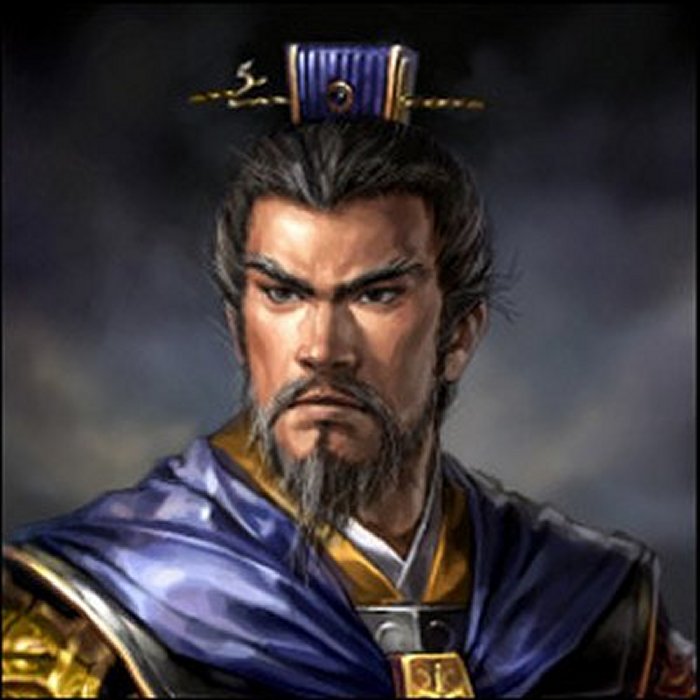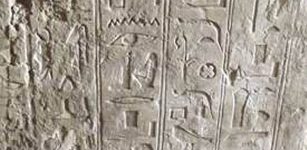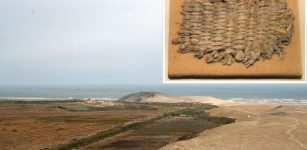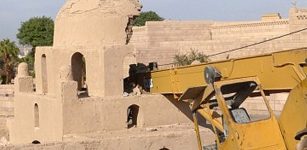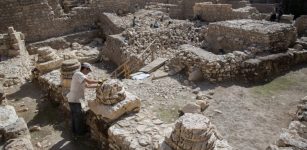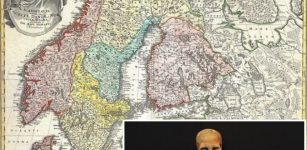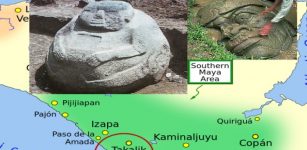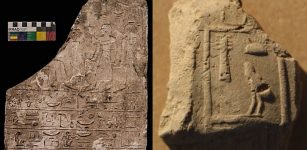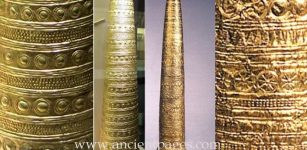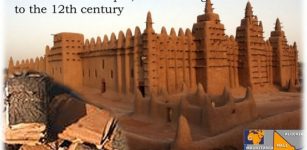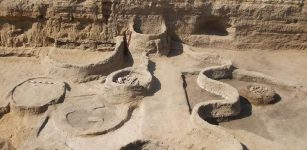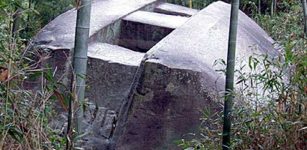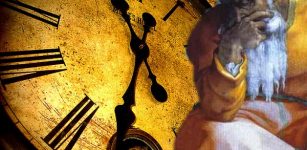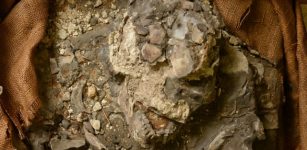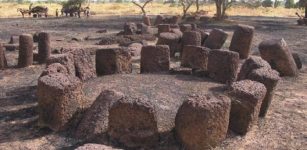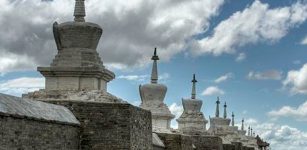Controversy Of Cao Cao’s Tomb Continues – Did Archaeologists Unearth A Fake Tomb?
A. Sutherland - AncientPages.com - Has the mysterious tomb of Cao Cao (155 - 220 AD) really been found or is the final resting place of this legendary ruler still hidden in a secret place never to be revealed?
Did archaeologists unearth a fake tomb that was deliberately made to look like it belonged to Cao Cao?
Cao Cao, was a warlord and the penultimate Chancellor of the Eastern Han dynasty who rose to great power in the final years of the dynasty.
He was a man of many skills and a true a master of both the pen and the sword. Cao Cao was widely regarded as an excellent strategist, politician and poet. As many other brilliant rulers, Cao Cao is often portrayed as a cruel and merciless tyrant who according to legends was "able enough to rule the world, but evil enough to destroy it."
The common saying in Chinese 'speak of Cao Cao and Cao Cao arrives' is the equivalent of the English expression 'speak of the devil'. In 220, Cao Cao died in Luoyang at the age of 65. Before his death, Cao Cao made a plan who and where he should be buried.
On the day of his funeral, seventy-two coffins were carried simultaneously out of the four different gates to seventy-two burial sites. That means, there are 71 fake tombs for Cao Cao!
According to archaeological discovery, the real tomb of Cao was discovered in Xigaoxue Village in Anyang County, Henan Province.
It is a 8,000 sq ft tomb complex, with a 130ft passage leading to an underground chamber. When viewed from the above, the shape of the tomb is like a Chinese character "Jia". Inside the tomb, archaeologists found a body of male and two female. They believe the male was Cao, who died at age 65 in 220 AD, the elder woman his empress and the younger woman her servant.
The science report also said that among the relics there were found stone paintings featuring the social life of Cao's time, stone tablets bearing inscriptions of sacrificial objects, and Cao's personal belongings.
Tablets carrying the inscription 'King Wu of Wei', Cao's posthumous title, were seized from people who had apparently stolen them from the tomb and as expert say these stone tablet bearing inscriptions of Cao's posthumous reference are the strongest evidence.
At the same, no one would have so many relics inscribed with Cao's posthumous reference in the tomb unless it was a real tomb of the legendary ruler. Although, this tomb is officially regarded as the tomb of Cao, there still exits a controversy of the tomb's authenticity.
See also:
Mysterious Great Pyramid Of China: Almost Totally Unknown Even To Most Chinese
Mysterious History Of Qin Shi Huang – First Emperor Of China
Yungang Grottoes: Marvellous Example Of Ancient Buddhist Rock-Cut Architecture
With 71 faked tombs it is difficult to say with certainty that the huge unearthed underground complex is the real resting place that belongs to Cao Cao. Over the years there has been a lot of disagreement over this issue. There are scientists who are convinced the discovered tomb does not belong to the legendary ruler Cao Cao. Some even say the tomb is a deliberate fake created by the Chinese government cash in on tourism.
The tablets, reading, "This is what the King of Wei Wu (Cao Cao) used," were tagged to eight weapons and artifacts. They were used to prove the graves' authenticity. But the critics said the grammar was too modern and the tablets' mere existence was ridiculous.
So, there many fake tombs of Cao Cao and numerous tablets which were like illustrations of museum items and they were obviously also nothing but fakes created with modern tools such as for example, chain saws.
Recent excavations finally confirmed - as archaeologists say - the last resting place of celebrated historic figure Cao Cao. The ruins contain a massive mausoleum park with two constructions as well as a tunnel.
The findings have further supported the theory that the remains of the male adult discovered in the main grave room of the mausoleum is likely to be Cao Cao.
Written by – A. Sutherland - AncientPages.com Senior Staff Writer
Copyright © AncientPages.com All rights reserved. This material may not be published, broadcast, rewritten or redistributed in whole or part without the express written permission of AncientPages.com

